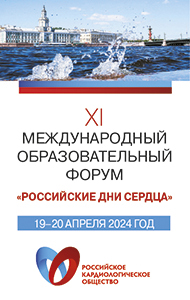Skeletal muscle morphology and risk of cardiovascular disease in elderly men
Background While it is well known that physical inactivity is a major risk factor for cardiovascular disease, there is still a search for the mechanisms by which exercise exerts its positive effect. Skeletal muscle fibre type can be affected to some extent by exercise, and different fibre types possess different anti-inflammatory and glucometabolic properties that may influence cardiovascular disease risk.
Design Population-based cohort study.
Methods We investigated relations of skeletal muscle morphology to risk of cardiovascular events in a sample of 466 71-year-old men without cardiovascular disease, of which 295 were physically active (strenuous physical activity at least 3 h/week).
Results During a median of 13.1 years of follow up, 173 major cardiovascular events occurred. Among physically active men, 10% higher proportion of type-I (slow-twitch oxidative) fibres was associated with a hazard ratio (HR) of 0.84 (95% confidence interval 0.74–0.95) for cardiovascular events, and 10% higher proportion of type-IIx (fast-twitch glycolytic) fibres was associated with a HR of 1.24 (1.06–1.45), adjusting for age. Similar results were observed in several sets of multivariable-adjusted models. No association of muscle fibre type with risk of cardiovascular events was observed among physically inactive men.
Conclusions Higher skeletal muscle proportion of type-I fibres was associated with lower risk of cardiovascular events and a higher proportion of type-IIx fibres was associated with higher risk of cardiovascular events. These relations were only observed in physically active men. Skeletal muscle fibre composition may be a mediator of the protective effects of exercise against cardiovascular disease.
Source: cpr.sagepub.com






